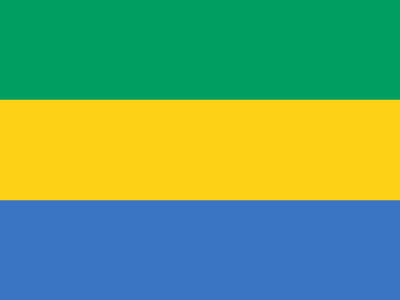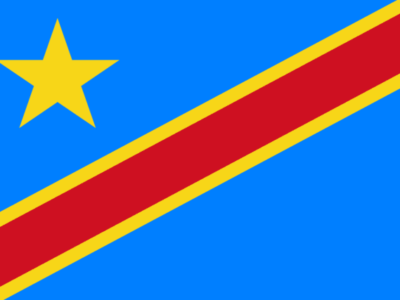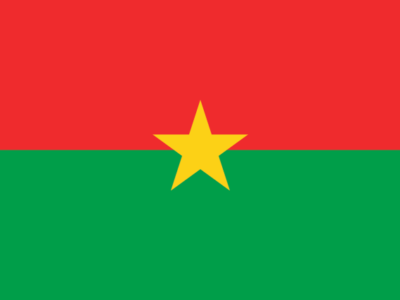Survey dataset on the epidemiological assessment of cassava mosaic disease in South West and North Central regions of Nigeria reveals predominance of single viral infection
6 A.O. Eni, O.P. Efekemo and O.A. Onile-ere et al. /Data in Brief 38 (2021) 107282 1.2. Exploration of dataset
Here we present an exploration of the dataset, all codes used for this exploration are available as a supplementary python script and Jupyter notebook.
- CMD incidence and CMD symptom severity
Summary of CMD incidence and CMD symptom severity in the different regions across 2015 and 2017 is presented in Fig. 1.
- Origin of infection and whitefly abundance
Summary plot showing the proportion of infections originating from whitefly vector trans mission versus infections as a result of the propagation of infected cuttings is presented in Fig. 2.
Fig. 2. Proportion of cutting transmitted and whitefly transmitted CMD infections across States in North Central and South West Nigeria surveyed in 2015 and 2017.
Summary plots for whitefly abundance across the states surveyed is presented in Fig. 3. Fig. 3. Relative whitefly abundance across States in North Central and South West Nigeria surveyed in 2015 and 2017.
- Type of Begomovirus infection
All samples collected were assessed for the presence of ACMV or EACMV by PCR. Samples were either negative, positive for either virus or positive for both viruses in a mixed infection. Summary plots on the proportion of the different viruses in collected samples are presented in Figs. 4–5.
A.O. Eni, O.P. Efekemo and O.A. Onile-ere et al. /Data in Brief 38 (2021) 107282 7
Fig. 4. Proportion of ACMV infected, EACMV infected, mixed ACMV & EACMV infected and uninfected cassava leaf sam ples across North Central and South West Nigeria in 2015 and 2017.
Fig. 5. Proportion of ACMV infected, EACMV infected, mixed ACMV & EACMV infected and uninfected cassava leaf sam ples in the North Central and South West regions in 2015 and 2017.
8 A.O. Eni, O.P. Efekemo and O.A. Onile-ere et al. /Data in Brief 38 (2021) 107282 2. Experimental Design, Materials and Methods
2.1. Survey
We conducted surveys of cassava farms across the South West and North Central regions of Nigeria in 2015 and 2017.
2.2. Sampling
Sampling was performed following previously described methods with slight modifications [1]. Following a road map of the surveyed regions, cassava farms located at an average of 10 km apart along surveyed routes were sampled. In each farm, 30 cassava plants were randomly selected along two diagonals and observed for the presence or absence of CMD symptoms. For plants exhibiting CMD symptoms, symptom severity was scored following previously described methods [2]. CMD symptom severity was scored on a scale of 1–5 as previously described [3,4]. CMD incidence was calculated as the proportion of sampled plants showing CMD symptoms. For symptomatic plants, the origin of the infection was determined based on the distribution of symptoms on the plant as previously described [2,5]. The relative abundance of whitefly vectors in each farm was determined by counting the number of whiteflies present on the underside of the five topmost leaves of each of the 30 plants sampled within the farm. Then an average of four (4) cassava leaf samples were collected and stored in herbarium presses prior to laboratory analysis.
- Molecular Detection of Cassava Mosaic Begomoviruses
3.1. DNA extraction
Extraction of DNA was carried out following the methods of Dellaporta et al. [6]. The concen trations of the extracted DNA were assessed using Nano Drop 2000 spectrophotometer (Thermo Fisher Scientific, Waltham, Massachusetts, USA) and adjusted to 50 ng/μl for PCR.
3.2. PCR
The isolated DNA were screened for ACMV and EACMV by polymerase chain reaction accord ing to the methods of Fondong et al. [7]. Multiple specific PCR primers were used to ensure that strain variations were adequately captured (Table 4). The PCR mixture contained 1 × PCR reaction buffer [200 mM Tris HCl (pH 8.4) and 500 mM KCl], 10 mM dNTPs (Promega, Madis son Wisconsin USA), 25 mM MgCl2, 20 pmol of each primer and 1 U of Taq DNA Polymerase (Promega). The PCR products were resolved on a 1% agarose gel stained with ethidium bromide (10 mg/ml) alongside a 1 kbp plus DNA ladder (Thermo Fisher Scientific) at 100 V. The gels were analysed under UV light using a gel documentation system (UVP Gel Doc-IT2, LLC Analytik Jena, Germany).
A.O. Eni, O.P. Efekemo and O.A. Onile-ere et al. /Data in Brief 38 (2021) 107282 9
Table 4
List of Primers used in detecting Cassava mosaic begomoviruses.
Primer Pair Specificity Primer Sequence Reference
JSP 1 & 2 ACMV ATGTCGAAGCGACCAGGAGAT [8] TGTTTATTAATTGCCAATACT
JSP 1 & 3 EACMV ATGTCGAAGCGACCAGGAGAT [8] CCTTTATTAATTTGTCACTGC
ACMVB F&R ACMV TCGGGAGTGATACATGCGAAGGC [9] TCGGGAGTGATACATGCGAAGGC
EACMV 1 & 2 EACMV GTTCGGCTATCACCTTCTAGAACA [9] CAAGGCTTACATTGAAAAGGGA
EAB555 F & R EACMV TACATCGGCCTTTGAGTCGCATGG [10] CTTATTAACGCCTATATAAACACC
VNF031/F & VNF032/R EACMCV GGATACAGATAGGGTTCCCAC [10] GACGAGGACAAGAATTCCAAT
CRediT Author Statement
Angela O. Eni Conceptualisation, Methodology, Funding acquisition, Writing – review & edit ing; Oghenevwairhe P. Efekemo: Investigation; Olabode A. Onile-ere: Original draft prepara tion, Formal analysis; Justin S. Pita: Conceptualisation, Methodology, Funding acquisition.
Declaration of Competing Interest
The authors declare that they have no known competing financial interests or personal rela tionships which have, or could be perceived to have, influenced the work reported in this article.
Acknowledgments
This work was fully funded by the Bill and Melinda Gates Foundation and the Department for International Development (DFID) Grant no. OPP1082413 “West African Virus Epidemiology (WAVE) for root and tuber crops” through a sub-grant from Université Félix Houphouët-Boigny (UFHB).
References
[1] P. Sseruwagi, W.S. Sserubombwe, J.P. Legg, J. Ndunguru, J.M. Thresh, Methods of surveying the incidence and severity of cassava mosaic disease and whitefly vector populations on cassava in Africa: a review, Virus Res. 100 (2004) 129– 142, doi:10.1016/j.virusres.2003.12.021.
[2] IITA, Cassava in Tropical Africa: A Reference ManualInternational Institute of Tropical Agriculture (IITA), 1990 https://books.google.com/books?hl=en&lr=&id=m9WuNp5PpLoC&oi=fnd&pg=PR6&ots=qLdA8WHsup&sig= 5c923vKo2DzXG2jMW0VUc7vtiuc. Accessed July 26, 2019.
[3] A.O. Eni, O.P. Efekemo, M.G. Soluade, S.I. Popoola, A.A. Atayero, Incidence of cassava mosaic disease and associated whitefly vectors in South West and North Central Nigeria: data exploration, Data Br. 19 (2018) 370–392, doi:10. 1016/J.DIB.2018.05.016.
[4] S.K. Hahn, E.R. Terry, K. Leuschner, Breeding cassava for resistance to cassava mosaic disease, Euphytica 29 (1980) 673–683, doi:10.1007/BF00023215.
[5] A.O. Eni, O.P. Efekemo, O.A. Onile-ere, J.S. Pita, South West and North Central Nigeria: assessment of cassava mosaic disease and field status of African cassava mosaic virus and East African cassava mosaic virus, Ann. Appl. Biol. (2020) aab.12647, doi:10.1111/aab.12647.
[6] S.L. Dellaporta, J. Wood, J.B. Hicks, A plant DNA minipreparation: version II, Plant Mol. Biol. Report. 1 (1983) 19–21, doi:10.1007/BF02712670.
10 A.O. Eni, O.P. Efekemo and O.A. Onile-ere et al. /Data in Brief 38 (2021) 107282
[7] V. Fondong, J.S. Pita, M.E.C. Rey, A. De Kochko, R.N. Beachy, C.M. Fauquet, Evidence of synergism between African cassava mosaic virus and a new double-recombinant geminivirus infecting cassava in Cameroon, J. Gen. Virol. 81 (2000) 287–297, doi:10.1099/0022-1317-81-1-287.
[8] J.S. Pita, V.N. Fondong, A. Sangaré, G.W. Otim-Nape, S. Ogwal, C.M. Fauquet, Recombination, pseudorecombination and synergism of geminiviruses are determinant keys to the epidemic of severe cassava mosaic disease in Uganda, J. Gen. Virol. 82 (2001) 655–665, doi:10.1099/0022-1317-82-3-655.
[9] S. Matic, A.T.P. da Cunha, J.R. Thompson, M. Tepfer, An analysis of viruses associated with cassava mosaic disease in three Angolan provinces, J. Plant Pathol. 94 (2012) 443–450, doi:10.4454/JPP.FA.2012.043.
[10] V.N. Fondong, J.S. Pita, C. Rey, R.N. Beachy, C.M. Fauquet, First report of the presence of East African cassava mosaic virus in Cameroon, Plant Dis. 82 (1998) 1172 1172–, doi:10.1094/pdis.1998.82.10.1172b.









